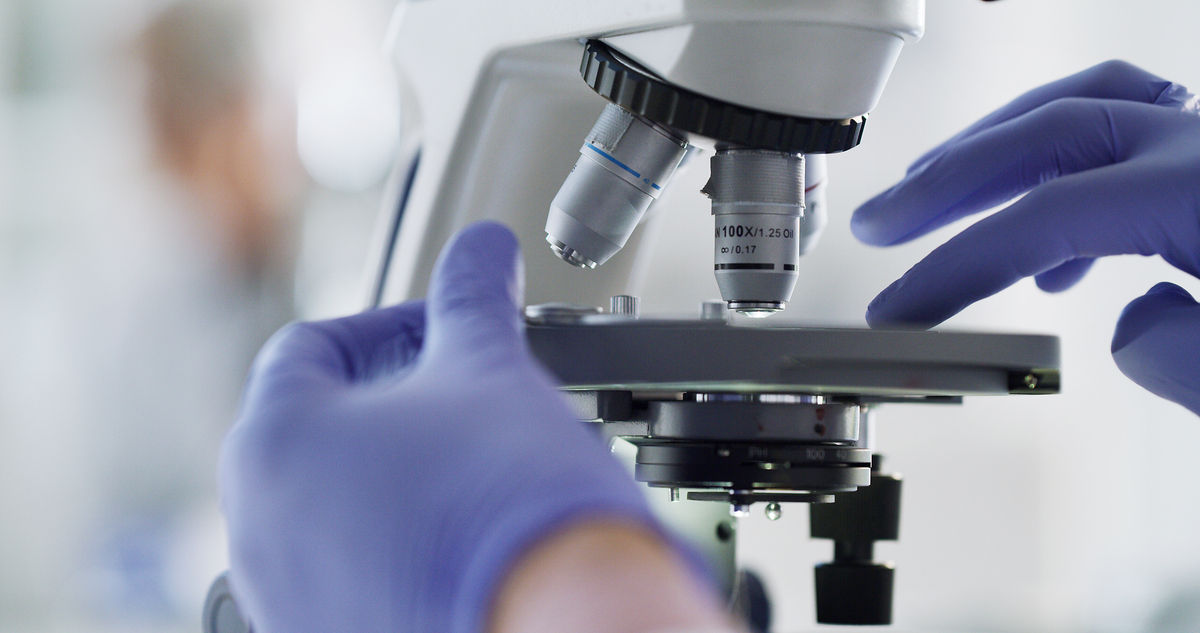Method
- Test System: Pooled human liver microsomes (HLM)
- CYP Enzymes Evaluated: CYP1A2, CYP2A6, CYP2B6, CYP2C8, CYP2C9, CYP2C19, CYP2D6,CYP2E1 and CYP3A4/5
- UGT enzymes evaluated in direct inhibition assays upon request: UGT1A1, UGT1A3, UGT1A4, UGT11A6, UGT1A9, UGT2B7, UGT2B15
- Test Article Concentrations: 8 concentrations in triplicate
- All sample preparations and incubations are performed using a Hamilton Microlab Star automated liquid handling system
CYP inhibition is measured in both direct and dependent assays. A CYP-selective substrate is used, at a concentration of substrate that achieves half the maximum reaction velocity (Km) for each CYP enzyme (see below). Known inhibitors are used as positive controls for both direct and metabolism-dependent inhibition assays. All incubations are terminated by addition of chilled acetonitrile, containing a stable-labeled internal metabolite standard specific to the CYP substrate.
Time-Dependent (Irreversible) Inhibition
Assays using 8 concentrations of test article are incubated in the absence and presence of NADPH for 30 minutes prior to dilution into a probe substrate assay mixture. If notable time-dependent inhibition is observed, additional kinetic parameters can be determined, including the inactivation constant (kinact) and the inhibition constant (KI). These parameters, determined experimentally by varying the pre-incubation time and inhibitor concentration, can help define the potential for drug-drug interactions.
Direct Inhibition
Assays are performed in the absence and presence of 8 concentrations of test article to determine inhibition potential and to define an IC50 where possible.
Direct inhibition can be further characterized by determining the inhibition constant (Ki) and the type of inhibition observed, using 5 concentrations of probe substrate.


